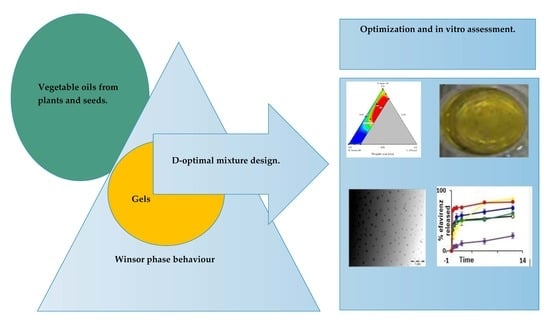Design, Optimization, Manufacture and Characterization of Efavirenz-Loaded Flaxseed Oil Nanoemulsions
Abstract
Share and Cite
Mazonde, P.; Khamanga, S.M.M.; Walker, R.B. Design, Optimization, Manufacture and Characterization of Efavirenz-Loaded Flaxseed Oil Nanoemulsions. Pharmaceutics 2020, 12, 797. https://doi.org/10.3390/pharmaceutics12090797
Mazonde P, Khamanga SMM, Walker RB. Design, Optimization, Manufacture and Characterization of Efavirenz-Loaded Flaxseed Oil Nanoemulsions. Pharmaceutics. 2020; 12(9):797. https://doi.org/10.3390/pharmaceutics12090797
Chicago/Turabian StyleMazonde, Priveledge, Sandile M. M. Khamanga, and Roderick B. Walker. 2020. "Design, Optimization, Manufacture and Characterization of Efavirenz-Loaded Flaxseed Oil Nanoemulsions" Pharmaceutics 12, no. 9: 797. https://doi.org/10.3390/pharmaceutics12090797
APA StyleMazonde, P., Khamanga, S. M. M., & Walker, R. B. (2020). Design, Optimization, Manufacture and Characterization of Efavirenz-Loaded Flaxseed Oil Nanoemulsions. Pharmaceutics, 12(9), 797. https://doi.org/10.3390/pharmaceutics12090797





